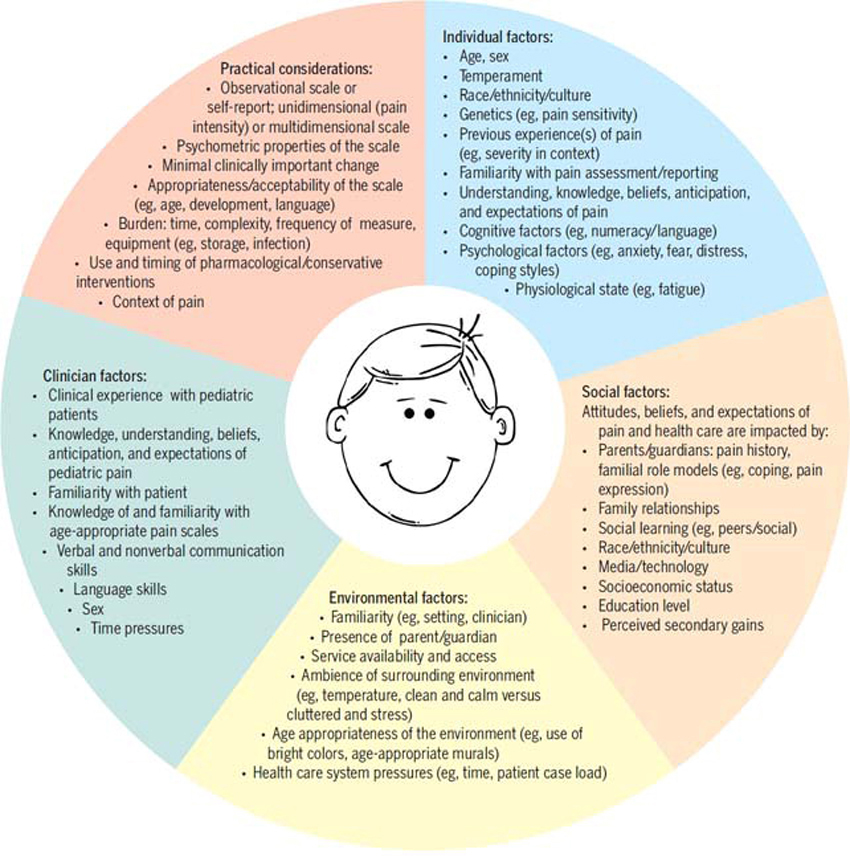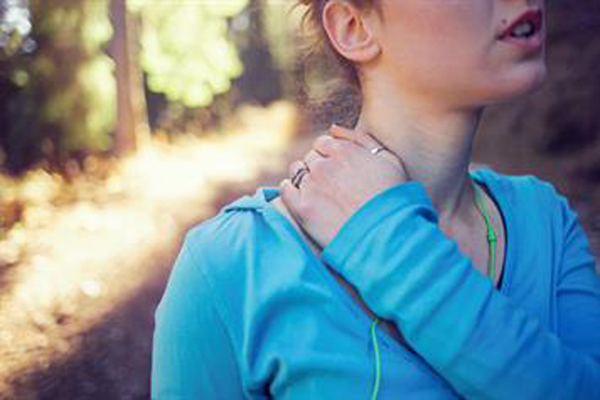Children and Scoliosis
SOURCE: Dynamic Chiropractic
By Kim Christensen, DC, DACRB, CCSP, CSCS
Scoliosis is defined as “any lateral deviation of the spine from the mid-sagittal plane.” [1]
While there are many causes for scoliosis, children and adolescents with scoliosis who present to chiropractors usually fall into three categories.
Successful treatment is dependent upon differentiating the underlying cause of the spinal curvature. In most children, the scoliotic spine is not symptomatic; the spinal curvature is first noticed either by a parent who becomes concerned about a child’s posture, or during a screening examination, usually at school. The importance of a good evaluation and early treatment is to prevent progression and worsening of the curvature. Children with all three major causes of scoliosis should have a careful evaluation of the lower extremities as part of their spinal examination to determine associated or contributing components to the spinal deviation.
- Structural vs. Nonstructural Scoliosis A structural scoliosis is defined as a spinal curvature that does not correct during recumbent, lateral flexion radiographs. The two most common causes of a structural scoliosis are congenital and idiopathic. A nonstructural scoliosis can be reduced when lying down, and will correct with recumbent lateral flexion. This type of spinal curvature is sometimes called a “functional curve,” and is often secondary to a leg length discrepancy.
- Congenital Scoliosis Of the three major etiologies of scoliosis, this is the least common. Congenital scoliosis develops secondary to a bony anomaly of the sacrum, vertebrae or ribs. These are often defects of formation or segmentation, resulting in wedged, blocked, or hemi-vertebrae. In some cases, the abnormality will require corrective surgery. In many children, a heel lift or shoe buildup can provide sufficient structural support, and help to maintain a balanced spine.When a congenital spinal anomaly is discovered, it’s important to remember that there are usually multiple affected areas. For instance, it is more common to have multiple bony abnormalities than just a single level. Nonosseous and extraspinal deformities are also often present. These may include the cartilaginous and connective tissues, and even genitourinary or cardiovascular abnormalities. Clubfoot, a congenitally dislocated hip, or an anatomically short leg often will contribute to the spinal imbalance.
- Idiopathic Scoliosis Idiopathic scoliosis can be progressive, worsening significantly during periods of rapid growth. In the more severe cases, bracing, or possibly surgery, may be necessary to prevent substantial deformity. [2] After skeletal maturity, most curvatures progress only slowly, if at all. Recent scientific research has focused on hormonal and neurological causes for idiopathic scoliosis, with some promising early results, but no definitive conclusions.
Learn more about Scoliosis @ our:
Hormonal Influences
The pineal gland appears to have some influence on the development of a balanced spine, at least in chickens and rats. Surgical removal of the pineal gland in young chickens, [3] and more recently in bipedal rats, [4] produced spinal curvatures that are very similar to human idiopathic scoliosis, including vertebral rotation and rib humps. In the recent study on rats, the investigators found that providing a source of melatonin prevented the development of scoliosis in pinealectomized rats. They theorize that “melatonin may facilitate the fine neuromuscular coordination needed to maintain the 24 stacked vertebrae in balance.”
While some studies have found that human patients with progressive scoliosis do have lower levels of melatonin, other investigations have not been able to establish a direct correlation. Injections of 5-hydroxytryptophan (a precursor to serotonin) into pinealectomized chickens prevented the development of scoliosis in most of them. [5] These researchers report that “…normal spine growth requires a precise and delicate balance of equilibrium and postural tone. The results of our current study and those we have reported previously imply that both melatonin and serotonin, and appropriately balanced use of both, are required for normal spine growth…” Does this imply that nutritional support may be an answer?
Coordination and Gait
Read the rest of this Full Text article now!






Very informative post on chiropractic care for children with scoliosis thanks.
It is defiantly of huge importance to get early treatment for this.
Good article.
I just read a little bit about melatonin ie pineal gland influence in leg length issues, but it is my understanding the Mammalian (Human) pineal gland is primarily regulated by peripheral (sympathetic) innervation. The primary secretory process of the chicken (avian) pineal is based on circadian rhythm, thus not as responsive to light.
I wonder if there is a relationship then in scoliosis and evironment ie light vs dark evirons ( Northern Michigan VS Southern Florida).